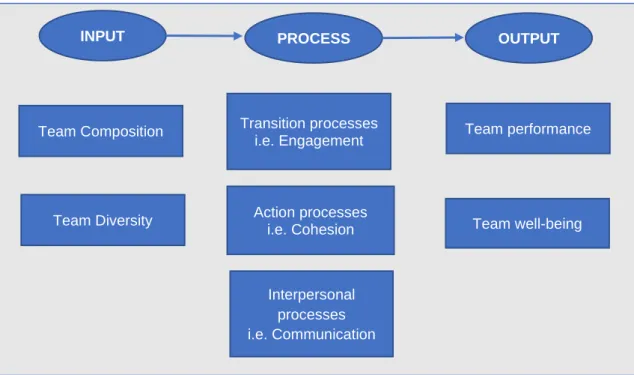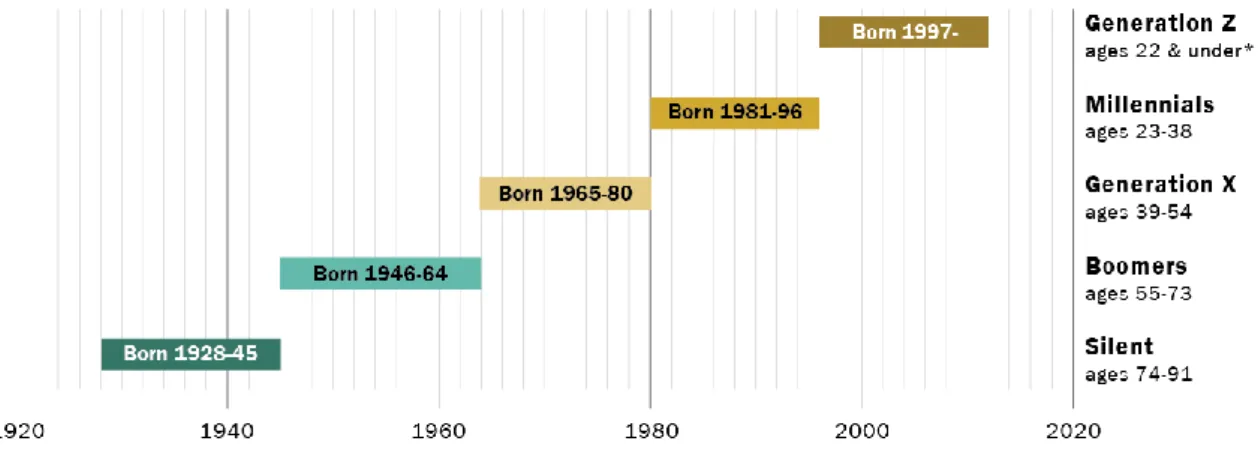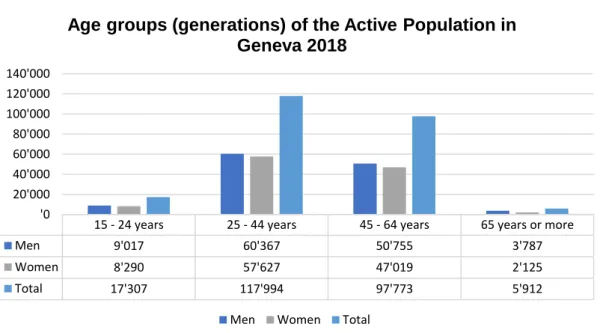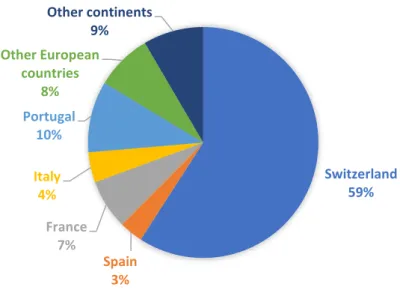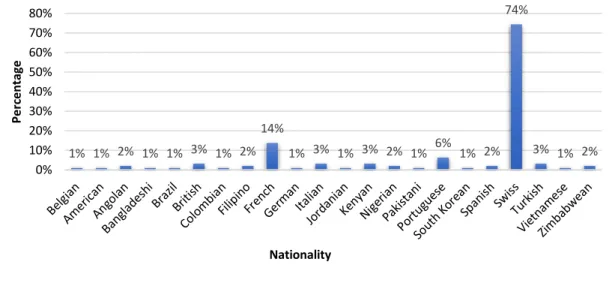Multi-generational teams : the appropriate leadership style to achieve positive team dynamics : Which leadership style should leaders of multi-generational teams adopt to achieve positive team dynamics in medium-sized to big multinationals located in Gene
Texte intégral
Figure


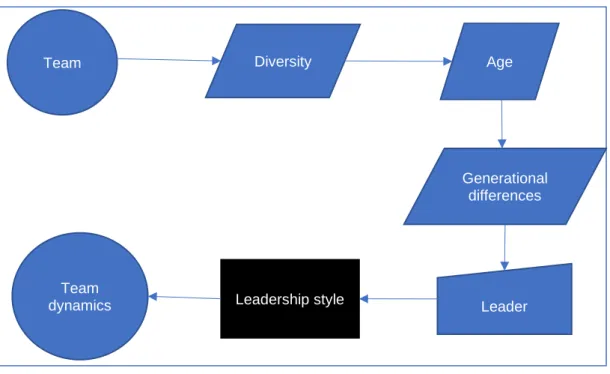

Documents relatifs
Table 3 Twelve candidate loci for divergent selection identified in three or more pairwise population comparisons in Populus tremu- la, including marker name, linkage group (Lg),
L’archive ouverte pluridisciplinaire HAL, est destinée au dépôt et à la diffusion de documents scientifiques de niveau recherche, publiés ou non, émanant des
The Sb(K) and Te(K) ionization peaks used for quantitative analysis are located at 26.4 keV and 27.4 keV.. a) Transmittance and b) Reflectance spectra for different film
(1) a small committee of three experts, with "broad knowledge of insecticides and their uses, including representatives of the more important existing 'national
Chronic osteomyelitis treatment is complex, due to the difficulty to achieve therapeutic drug levels at the site of infection by systemic administration.. Our objective was to
Abstract We extend certain classical theorems in pluripotential theory to a class of functions defined on the support of a (1, 1)-closed positive current T , analogous
This is consistent with the documented benefits of participative decision-making allowing workers to provide input about organizational policies (Alge, 2001)—and
Yet much fewer contributions can be found on the managing of environment models within a team of robots, which consists in (i) structuring them so as to properly serve the

